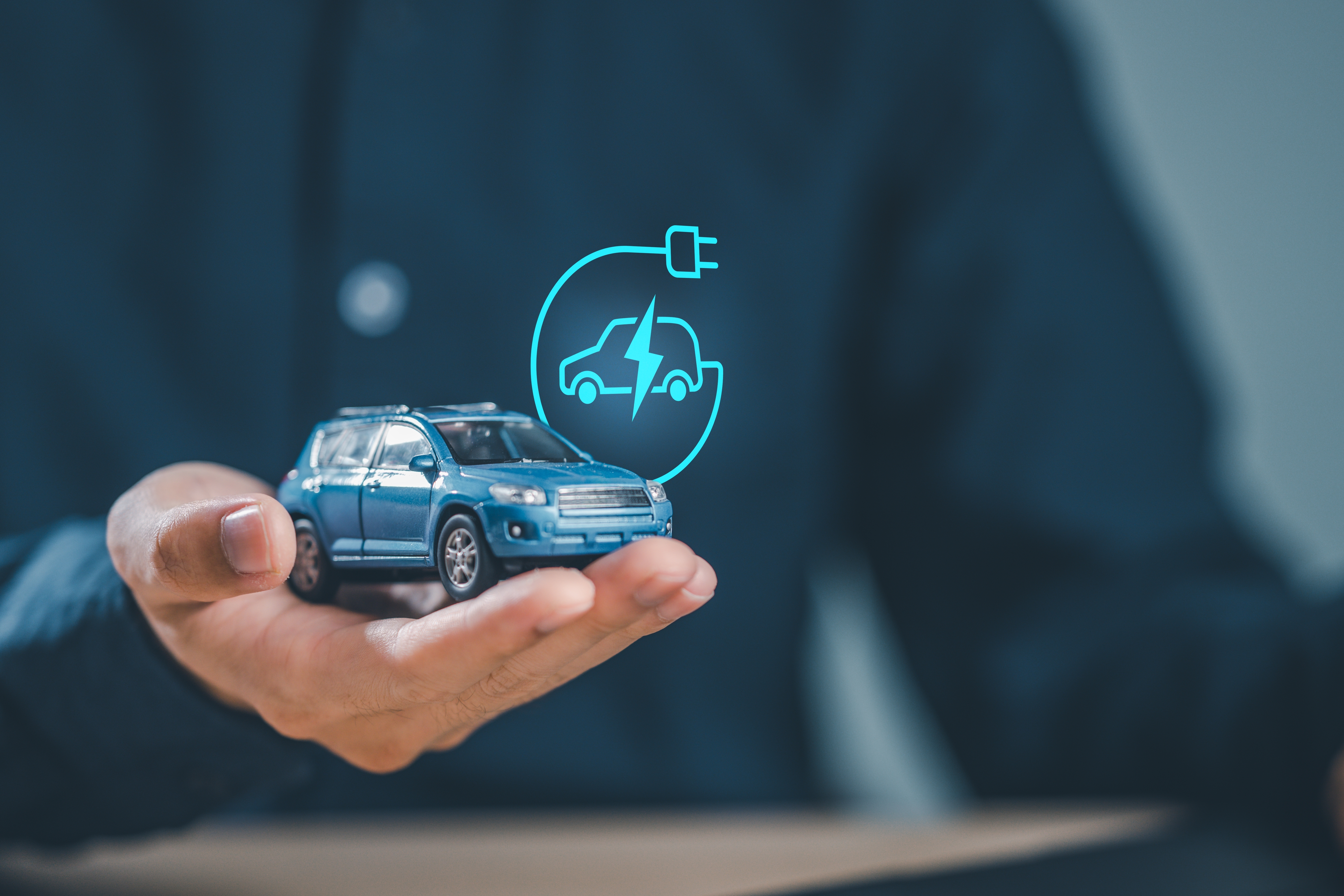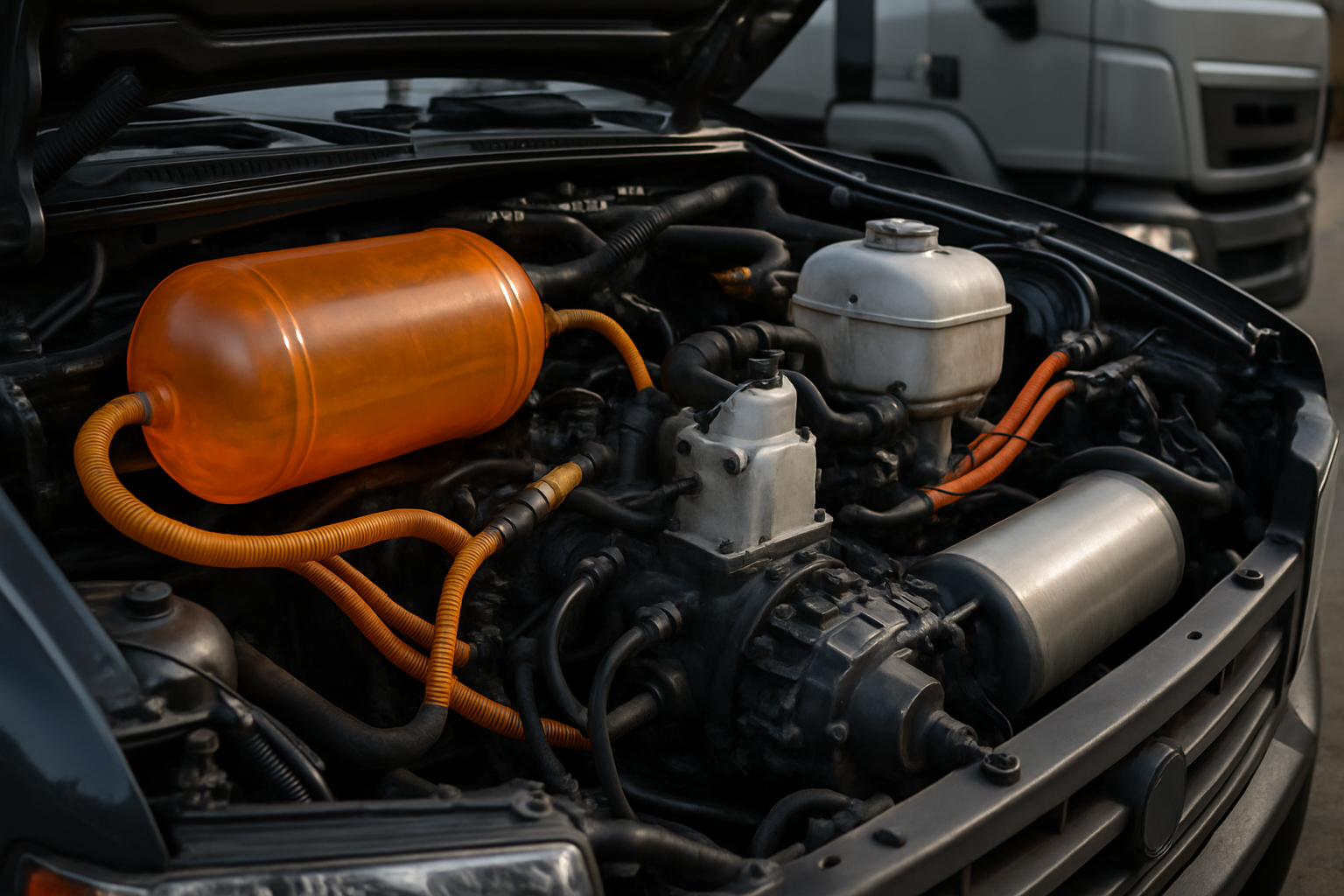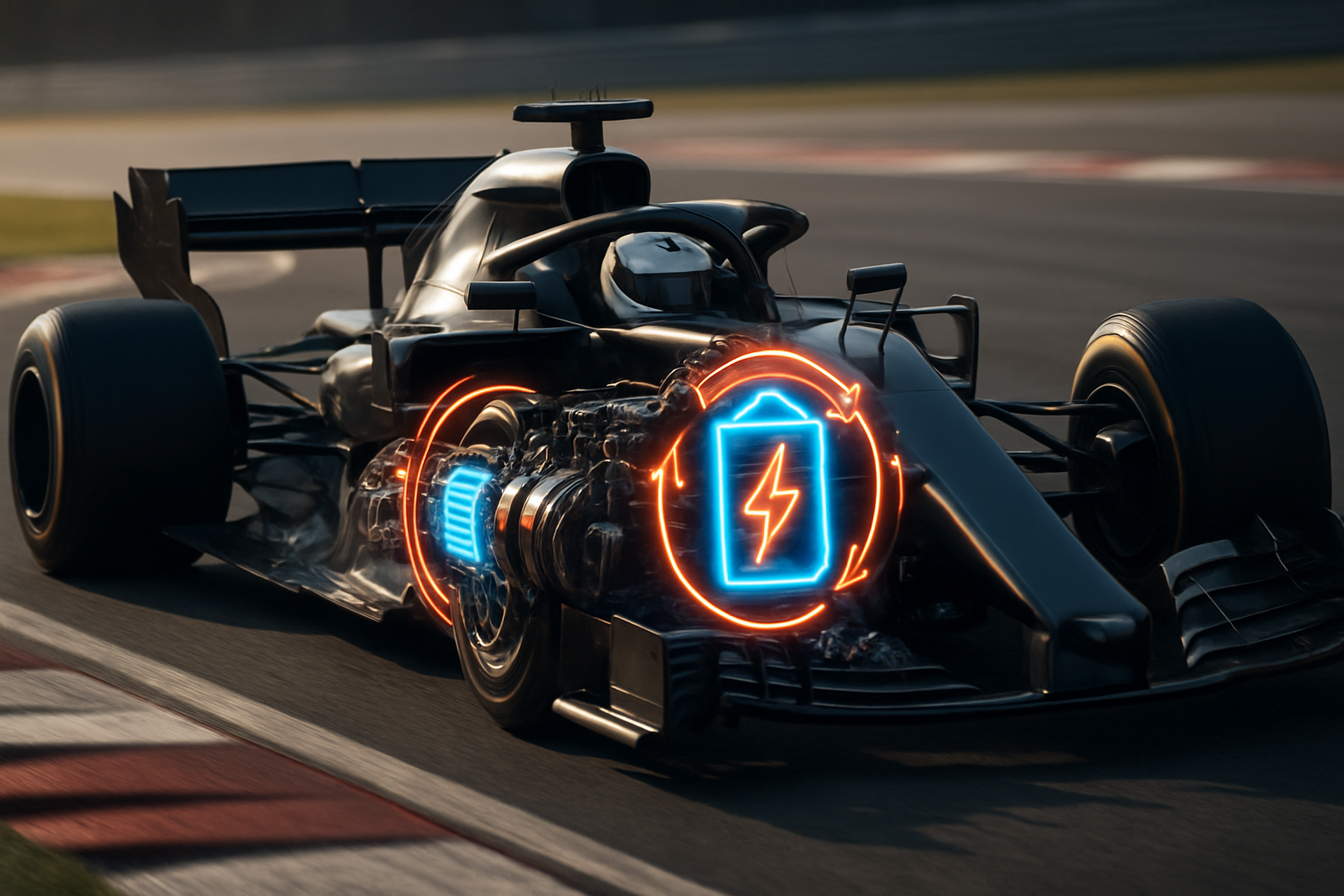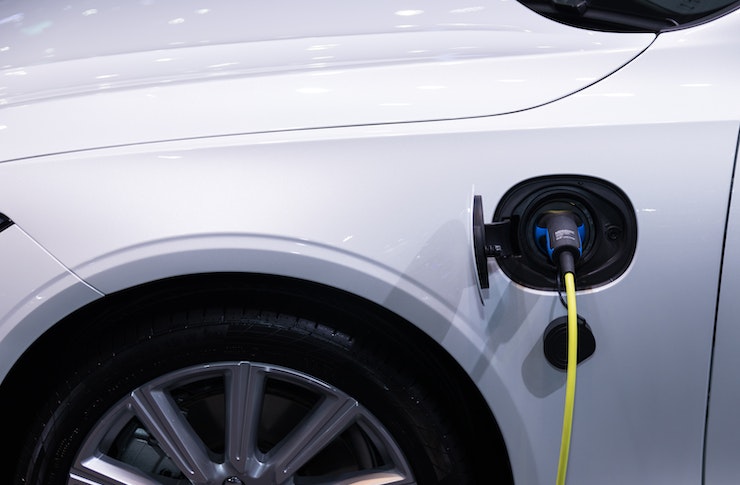Battery Technology Driving Modern Crossover Innovation
The automotive landscape is experiencing a fundamental shift as advanced battery technology transforms how crossover vehicles operate and perform. Modern electric crossovers leverage cutting-edge lithium-ion systems, solid-state batteries, and innovative charging solutions to deliver unprecedented range, efficiency, and driving dynamics. These technological advances are reshaping consumer expectations and establishing new benchmarks for sustainable transportation in the crossover segment.

Revolutionary Battery Systems in Today’s Crossovers
Modern crossover vehicles are experiencing a technological renaissance driven by groundbreaking battery innovations. Lithium-ion battery packs have evolved from basic energy storage units to sophisticated systems featuring advanced thermal management, modular designs, and integrated safety protocols. These developments enable crossovers to achieve ranges exceeding 300 miles on a single charge while maintaining the versatility and practicality that consumers expect from this vehicle category.
The integration of battery technology extends beyond simple energy storage. Contemporary systems incorporate predictive algorithms that optimize power distribution based on driving conditions, weather patterns, and route planning. This intelligent approach to energy management allows crossovers to maximize efficiency while providing consistent performance across various terrains and climates.
Electric SUV Performance Capabilities in the USA
The United States market has witnessed remarkable advancements in crossover performance metrics, largely attributed to battery technology improvements. Modern systems deliver instant torque characteristics that enhance acceleration, towing capacity, and overall driving dynamics. Many current models can accelerate from zero to sixty miles per hour in under five seconds while maintaining efficiency ratings that surpass traditional internal combustion engines.
Battery placement strategies have also evolved to improve vehicle handling and stability. Low-mounted battery packs lower the center of gravity, reducing body roll during cornering and enhancing overall ride quality. This engineering approach transforms the fundamental driving characteristics of crossovers, making them more responsive and engaging while preserving their practical advantages.
Charging Infrastructure and Battery Management in the US
The expansion of charging infrastructure across the United States has created new possibilities for battery technology implementation. Fast-charging capabilities now allow crossovers to replenish significant range percentages in minutes rather than hours. Advanced battery management systems coordinate with charging networks to optimize charging speeds while protecting battery longevity through temperature regulation and charge curve optimization.
Smart charging features enable crossovers to integrate with home energy systems, allowing owners to charge during off-peak hours or even supply power back to the grid during peak demand periods. These bidirectional charging capabilities transform crossovers from simple transportation devices into mobile energy storage solutions that can support household power needs during outages or high-demand situations.
Advanced Battery Chemistry and Materials
Next-generation battery chemistries are pushing the boundaries of what’s possible in crossover design. Silicon nanowire anodes, lithium iron phosphate cathodes, and solid-state electrolytes are entering production vehicles, offering improved energy density, faster charging rates, and enhanced safety characteristics. These materials enable manufacturers to create more compact battery packs without sacrificing range or performance.
Thermal management systems have become increasingly sophisticated, utilizing liquid cooling loops, phase-change materials, and predictive heating algorithms to maintain optimal battery temperatures. These systems ensure consistent performance across extreme weather conditions while extending battery life and maintaining warranty coverage for extended periods.
Market Leaders and Technology Comparison
Several manufacturers are leading the charge in battery-powered crossover innovation, each offering unique approaches to energy storage and management.
| Manufacturer | Battery Capacity | Range Estimation | Key Technology Features |
|---|---|---|---|
| Tesla | 75-100 kWh | 250-405 miles | Supercharger network integration, over-the-air updates |
| Ford | 68-91 kWh | 230-312 miles | Intelligent backup power, bidirectional charging |
| Hyundai | 58-77 kWh | 225-305 miles | Ultra-fast charging capability, integrated solar roof |
| BMW | 70-106 kWh | 245-380 miles | Adaptive recuperation, wireless charging preparation |
| Audi | 71-95 kWh | 220-365 miles | Matrix charging technology, predictive efficiency |
Prices, rates, or cost estimates mentioned in this article are based on the latest available information but may change over time. Independent research is advised before making financial decisions.
Future Developments in Crossover Battery Technology
Emerging technologies promise to further revolutionize crossover capabilities in the coming years. Solid-state batteries are approaching commercial viability, offering the potential for dramatically reduced charging times and increased energy density. These advances could enable crossovers to achieve 500-mile ranges while reducing battery pack weight and size.
Wireless charging systems are being developed for both stationary and dynamic applications, potentially allowing crossovers to charge while parked or even while driving on equipped roadways. These technologies could eliminate range anxiety entirely by creating seamless charging experiences that require minimal user intervention.
The convergence of battery technology with autonomous driving systems creates additional opportunities for optimization. Self-driving crossovers can automatically route to charging stations, precondition batteries for optimal charging speeds, and coordinate with smart grid systems to minimize environmental impact while reducing operating costs.
Battery technology continues to drive innovation in the crossover segment, transforming these vehicles from conventional transportation tools into sophisticated energy management platforms. As these technologies mature and costs decrease, crossovers equipped with advanced battery systems will become increasingly accessible to mainstream consumers, accelerating the transition toward sustainable transportation solutions.




